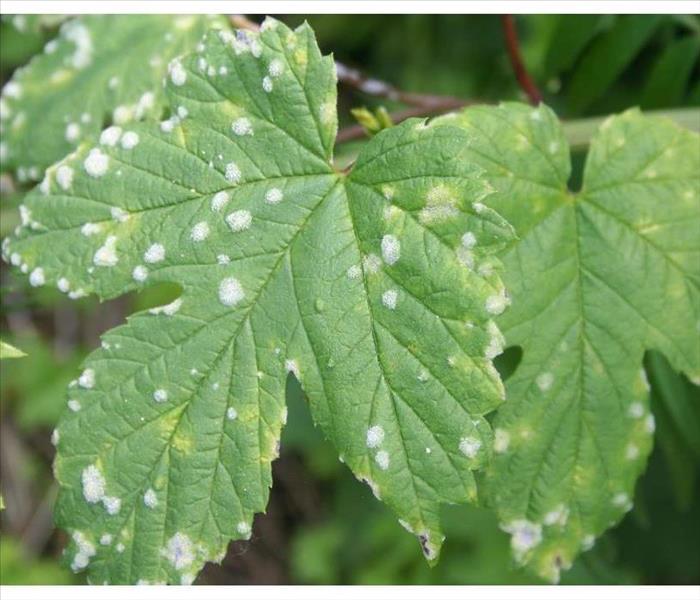Do You Suffer from Lawn Slime?
10/12/2021 (Permalink)
Is Lawn Slime a Problem for You?
Lawn slime is exactly what it sounds like – a creeping, invasive slime that seemingly crops up overnight on your Hudson, WI lawn, often in brightly colored patches. Not only is this slime disgusting, but it can prevent your grass and other cultivated plants from growing. It also poses a safety hazard for slipping on the sticky, gooey mess. But did you know that lawn slime is actually a form of outdoor mold?
Getting to the Root of Lawn Slime
Lawn slime, like any other fungus, feeds on organic matter. Lawn slime in particular prefers dead and decaying matter, and if it’s been a while since you raked the lawn you might have created perfect breeding grounds for lawn slime to grow. Conditions that favor lawn slime include:
- Dark, shaded places, such as beneath thick trees, under bushes, and under heavy leaf, twig, and needle thatch
- Areas with trapped moisture, such as muddy gravel and peat beds or boggy areas
- Accumulations of dead matter such as dead leaves and other rotting foliage
- Hot, humid and/or rainy weather
- Overwatering
- Improper mowing
- Wrong grass type for your yard, leading to dry grass and decaying, dead matter
Keeping Lawn Slime Away
Unlike indoor mold, lawn slime rarely responds to the sort of mold remediation techniques used on household mold. Raking up lawn slime is a start, but as a fungus it often has a network of fibrous matter that extends through places you can’t see. It also doesn’t respond much to chemical treatments or other mold deterrents.
The best offense is a good defense, so avoid lawn slime by keeping your lawn clear of debris, trimming overhanging trees to reduce shadows, and using a sandy soil type that lawn slime has difficulty taking root in. Avoid overwatering your lawn and creating conditions ripe for lawn slime breeding. With a little diligence, you can keep your lawn slime-free.






 24/7 Emergency Service
24/7 Emergency Service
